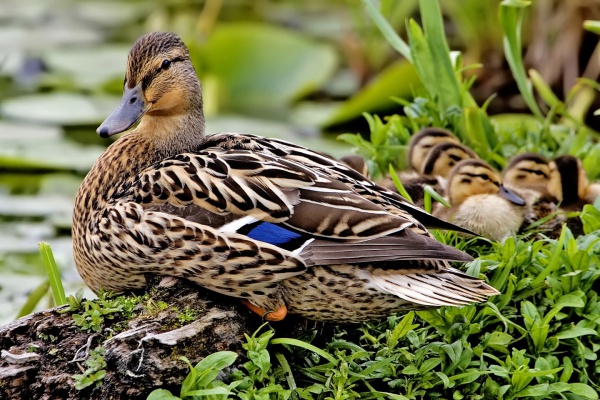Facts About Anas
The genus *Anas* encompasses a group of dabbling ducks that includes pintails, most teals, mallards, and their close relatives. Historically, *Anas* included a broader range of species, but a 2009 genetic study prompted a reorganization, resulting in its division into four distinct genera. Presently, the *Anas* genus consists of 31 extant species. The name *Anas* derives from the Latin word for "duck."
The classification of *Anas* was first established by Carl Linnaeus in 1758. In 2009, scientists conducted an analysis of the mitochondrial DNA of ducks, geese, and swans, revealing that *Anas* was not a monophyletic group. Consequently, the genus was subdivided into four separate genera to more accurately reflect their evolutionary relationships. Some species formerly classified under *Anas* were reassigned to other genera, such as *Mareca* and *Spatula*, while the Baikal teal was placed in its own unique genus, *Sibirionetta*.
Within the current *Anas* genus, there are 31 living species. Regrettably, some species, such as the Mariana mallard and the Mascarene teal, have gone extinct. Ducks that were previously included in *Anas*, such as the bronze-winged duck and the crested duck, have been reclassified into other genera.
The fossil record also reveals various extinct species that were once thought to belong to *Anas*. However, their precise relationships are often ambiguous, and some prehistoric waterfowl originally placed in *Anas* have been reassigned or remain uncertain in contemporary avian classifications.
A particularly intriguing challenge in duck taxonomy is presented by the moa-nalos, a group of extinct, flightless ducks from Hawaii. They likely evolved from an ancestor within the *Anas* genus, but their distinctive traits set them apart from typical ducks. This underscores the complexities and difficulties in classifying birds strictly based on evolutionary relationships.

 Turkmenistan
Turkmenistan